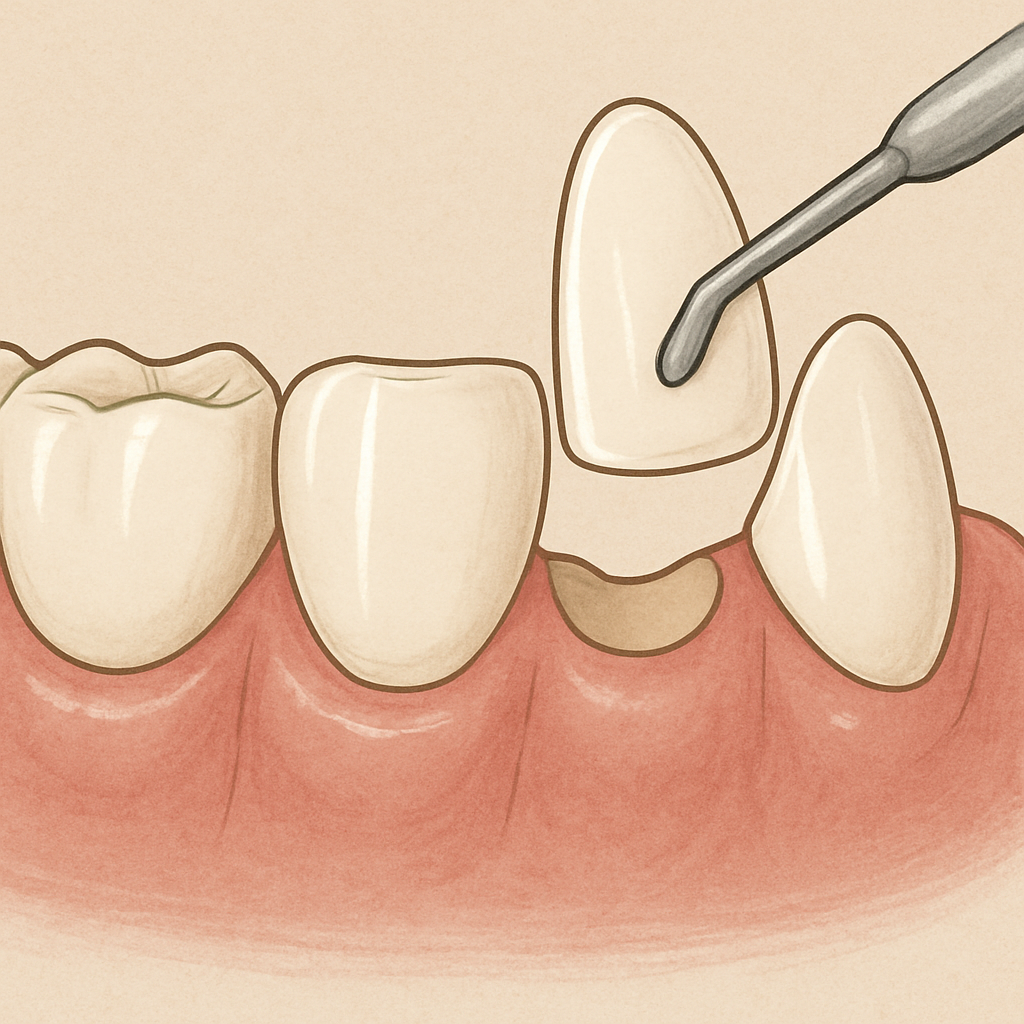Porcelain Veneers
-
What happens to teeth under veneers
When considering veneers for teeth, many people wonder what happens to their natural teeth once veneers are applied. This is an important question, as understanding the process can help you make an informed decision about whether dental veneers are the right choice for you. In this article, we’ll explore what veneers are, how they are applied, and what happens to your teeth beneath these cosmetic enhancements. We will also delve into the benefits and considerations of choosing veneers, and provide guidance on caring for them to ensure they remain a valuable part of your dental health strategy. Dental veneers are thin, custom-made shells designed to cover the front surface of your teeth. They are typically made from porcelain or composite resin materials and are intended to improve the appearance of your teeth by altering their color, shape, size, or length. Veneers are a popular choice for those looking to enhance their smile without undergoing more invasive procedures like braces or crowns. They provide a versatile solution to a range of cosmetic dental issues, from discoloration and minor misalignment to gaps and chips. There are mainly two types of veneers: porcelain veneers and composite resin veneers. Each type has its own advantages and considerations, making it important to evaluate which option best suits your needs and lifestyle. The Veneer Application Process Before diving into what happens to your teeth under veneers, it’s essential to understand the application process itself. This process is integral to achieving the desired aesthetic results and ensuring the longevity of the veneers. Initial Consultation The veneer application process begins with an initial consultation. During this visit, your dentist will discuss your cosmetic goals, examine your teeth, and determine whether you’re a good candidate for veneers. X-rays and impressions of your teeth may also be taken. This consultation is a critical step, as it allows your dentist to identify any underlying dental issues that need to be addressed before veneers can be applied. It’s also an opportunity for you to discuss any concerns or questions you may have about the procedure. Preparation of Teeth To apply veneers, your dentist will need to prepare your teeth. This involves removing a small amount of enamel from the surface of each tooth that will receive a veneer. This is done to ensure the veneers fit properly and look natural. The amount of enamel removed is typically minimal, often less than a millimeter. This preparation process is crucial, as it allows the veneers to sit flush against your teeth, creating a natural appearance and preventing issues such as misalignment or discomfort. While the thought of enamel removal may be daunting, it’s important to remember that this step is carefully controlled and performed with precision to maintain the health and integrity of your teeth. Making the Veneers Once your teeth are prepared, impressions are taken and sent to a dental laboratory, where your custom veneers are crafted. This process can take a few weeks, during which temporary veneers may be placed to protect your teeth. The crafting of veneers is a meticulous process, involving the selection of materials that best match the color and translucency of your natural teeth. The lab technicians work closely with your dentist to ensure the final product meets your specific aesthetic goals and fits perfectly within your mouth. Bonding the Veneers When your custom veneers are ready, you’ll return to the dentist for their application. The veneers are carefully bonded to your teeth using a strong dental adhesive. Your dentist will make any necessary adjustments to ensure a perfect fit and natural appearance. This bonding process is critical to the success of the veneers, as it ensures they remain securely attached and function like natural teeth. The adhesive used is specially formulated to provide a durable bond while being safe for oral use. Once the veneers are in place, your dentist will polish them to enhance their appearance and ensure they blend seamlessly with your natural teeth. What Happens to Teeth Under Veneers? Now that you understand the veneer process, let’s address what happens to the teeth beneath them. Understanding this aspect is essential for making an informed decision about whether veneers are the right choice for you.…
Latest Posts







